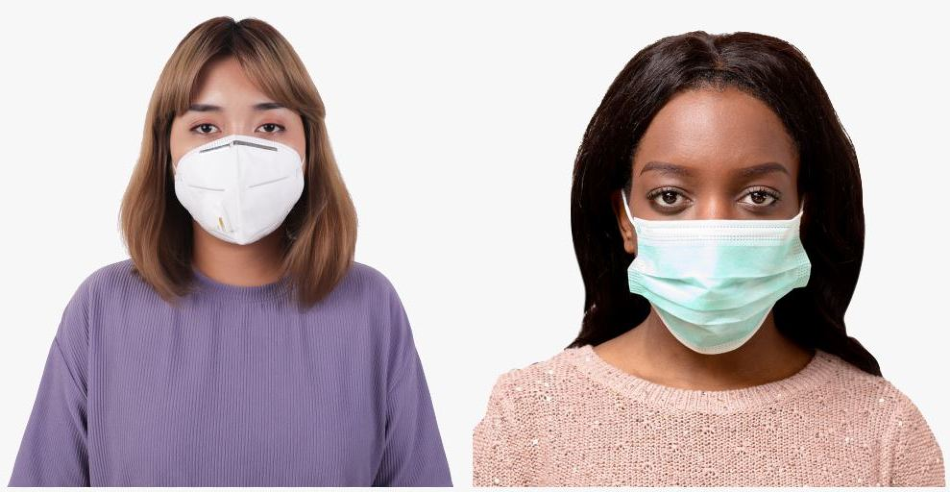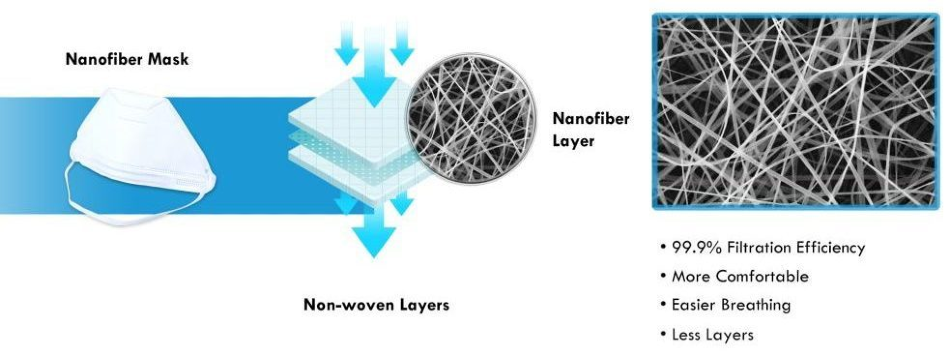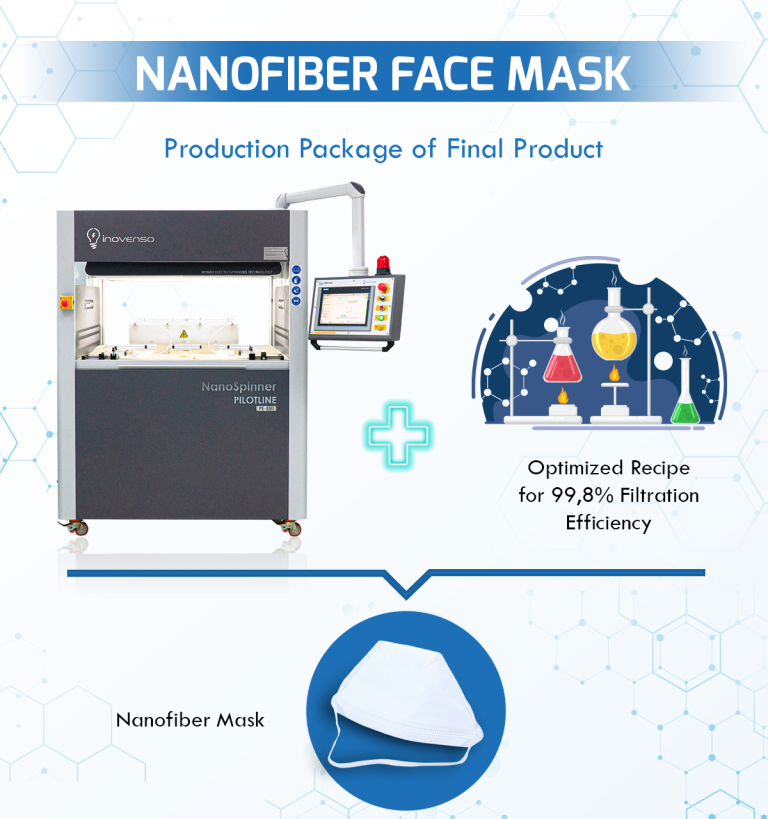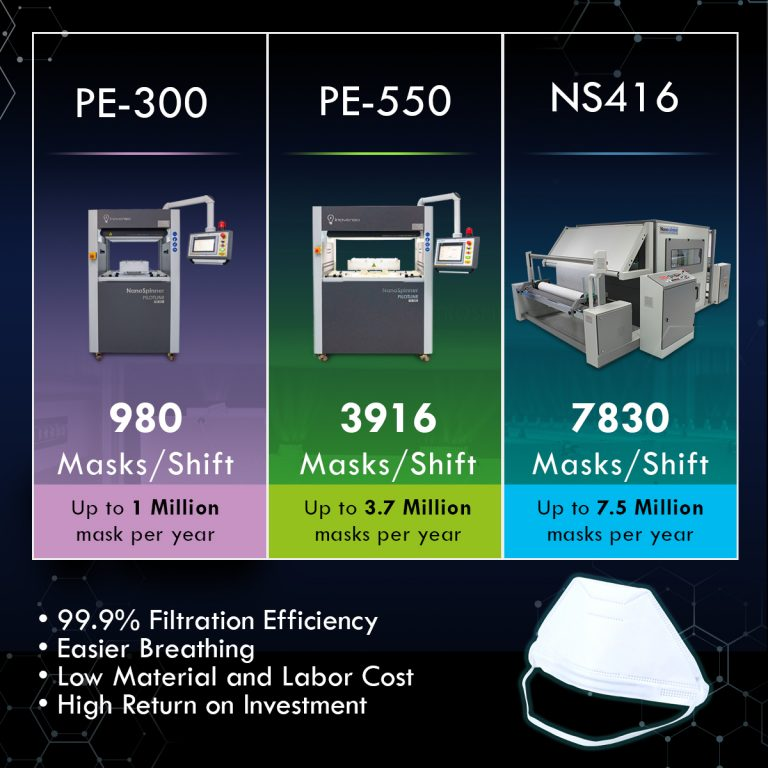The World Health Organization has defined Coronaviruses (CoV) as a huge family of viruses that are responsible for causing a wide range of diseases, spanning from the common cold to more adverse diseases like Severe Acute Respiratory Syndrome (SARS-CoV) and Middle East Respiratory Syndrome (MERS-CoV). A new strain called novel coronavirus (nCoV) had not been detected in humans before.
Coronaviruses are zoonotic, which means these infectious agents are transmitted between people and animals. Comprehensive analyses revealed that MERS-CoV was transmitted from dromedary camels to humans, and SARS-CoV spread from civet cats to humans.
Many known coronaviruses are already present in animals that have not infected humans yet. Today, the virus is proving lethal to certain groups of people. With the World Health Organization also announcing “an international public health emergency” about the coronavirus, it became evident that the issue has become extremely serious and that protective measures have to be implemented.
How to Protect Yourself From Coronavirus (Covid-19)? Can Nanofibers help?
Video Credit: Inovenso.
Can Face Masks Protect from the Virus?
For now, the public health organizations of all nations have been methodically organized to ensure the safety of their citizens from virus threats. But experts have informed the public that each person should adopt numerous measures to protect themself. Such measures comprise the use of face masks as personal protective equipment in places where there is a risk of virus exposure.
At present, no specially designed masks are available to protect from viruses, but prevalent masks are dust masks that are utilized to ensure the safety of workers and protect from airborne particles; these masks are popularly known as N95 masks.
The N95 is one of the most common face mask filter standards, published by the National Institute for Occupational Safety and Health (NIOSH). EN149 standard is the equivalent of the N95 standard in European nations. The N95 performance class masks lack the exact equivalent in this standard, but they are somewhere between FFP3 and FFP2.
Meanwhile, surgical masks utilized in hospitals and surgical operations are an entirely different product class than a similar respirator-type mask or the N95 mask. Surgical masks block the respiratory secretions or particulate saliva that will be spread to the environment by the wearer and thus protect the operating environment from contamination. The surgical masks also safeguard the wearer to a certain degree from bioaerosols or aerosols present in the atmosphere.

Image Credit: Inovenso.
According to experts, surgical masks cannot adequately protect people from viruses, and it will be more useful to use N95 masks. However, while N95 masks have high filtration efficiency, they are thicker than surgical masks and are not comfortable for long-term use in everyday life. During use, these masks make it difficult to breathe, and users go through serious issues due to increased humidity and temperature between the mask tissue and the face.
Nanofiber Masks: a New Generation of Face Masks?
After evaluating all these experiences, it becomes essential to create a face mask that will offer the required protection from viral risks and which is adequately comfortable for day-to-day use. At this point, the use of nanofiber technology, which provides unique solutions in several different application areas such as filtration, offers a suitable solution based on strong scientific data.
Filters composed of nano-sized fibers have a 99.9% efficiency in inhibiting viruses and are quite comfortable in terms of use. The face masks have a thin non-woven fabric and contain a nanofiber coating of very low weight that completely fulfills user expectations with its flexible morphology and structure that easily passes moisture.

Image Credit: Inovenso.
Nanofibers can immensely enhance the ability of the filter media to eliminate particulates from air streams. They could be the key elements for filter materials in respirators or face masks. Nanofibers have a very high surface area per unit mass that improves capture efficiency and other surface area-reliant phenomena that may be engineered into the fiber surfaces (like ion exchange or catalysis).
About Inovenso’s Technology

Image Credit: Inovenso.
Back in 2017, TÜBİTAK supported Inovenso’s project called “Development of Improved Nanofiber Based Facial Mask with Functional Nano Particle.” During the project, mask production trials were performed with several different materials and the samples that provided maximum performance were transformed into products. All these analyses were performed by electrospinning devices produced by Inovenso.
Electrospinning technology is used for large-scale production of nanofibers and is the most efficient technique; Inovenso is one of the top firms operating in this domain. Founded in 2010 with the aid of the Ministry of Industry, Inovenso’s machines are currently used in over 30 nations. Export rates are about 90% of the overall sales.
At present, Inovenso is operating in their Istanbul Office within Yıldız Technopark, their South Korea Office in Incheon, and their America Office in Boston.
How to Protect Yourself From Coronavirus (Covid-19)? Can Nanofibers help?
Video Credit: Inovenso.
Production Capacity

Image Credit: Inovenso.